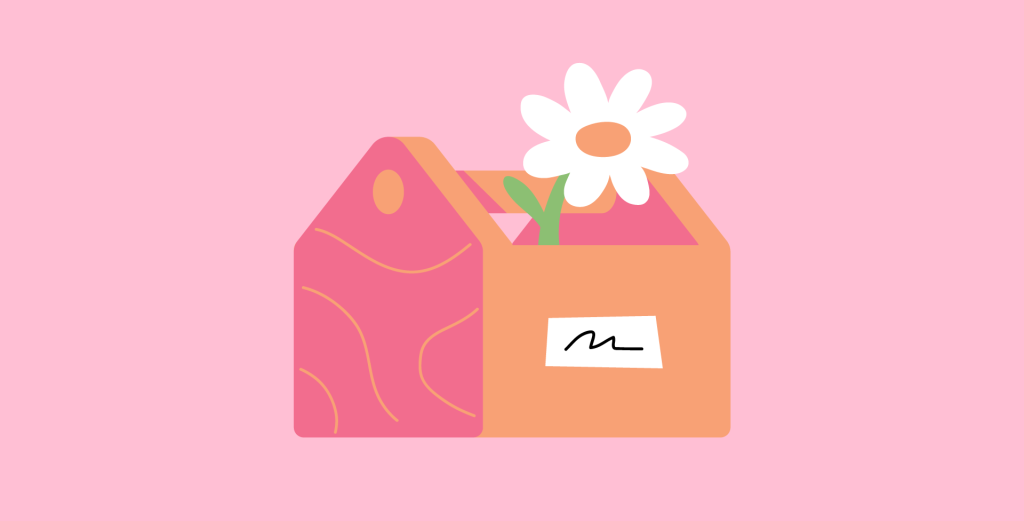
In a world with near constant stimulation, mounting academic pressure, and mental health challenges on the rise, kids of all ages are in need of some new tools in their mental health tool box.
In 2022, a high profile study was released that concluded meditation and mindfulness practices may be just as effective as Lexapro, the common pharmaceutical drug used to treat anxiety. The study was conducted over an eight week period and emphasized the need for healthcare systems to include meditation and mindfulness as effective anxiety treatments. Currently, the first line of treatment prescribed to the millions of Americans who have anxiety disorders, are pharmaceutical drugs. Like a leaky faucet often requires more than one tool from a tool box, mental health isn’t often fixed with a single solution either.
Lexapro is a Selective Serotonin Reuptake Inhibitor (SSRI) that is believed to work by helping to “rewire” specific parts of the brain. Through an increase of the neurotransmitter, serotonin, these drugs help increase neuroplasticity. Neuroplasticity is essentially the brain’s ability to change and reorganize itself through its neural networks. For many common mental health challenges, like anxiety, neuroplasticity plays a crucial role in reducing symptoms.
That 2022 study suggests that meditation and mindfulness have the same impact as Lexapro, with the added benefit of reduced side effects. In this study of 208 patients, 10 dropped out of the group assigned to Lexapro due to adverse effects. Conversely, none dropped out of the mindful-based group due to adverse effects.
As meditation and mindfulness have become much more mainstream over the past few decades, research is being conducted to explore how exactly meditation helps to reduce anxiety. Similar to the way researchers believe SSRI’s work, meditation is also believed to change structures of the brain related to anxiety.
One study, found that mindful-based interventions were associated with an increase of gray matter in the left hippocampus region of the brain, a region of the brain responsible for emotional responses and memory. These functions from gray matter may serve as a protective factor against anxiety and mood related disorders. Though scientists aren’t precisely sure how SSRI’s and meditation restructure the brain, the results are promising.
Simply put, these findings paired with the 2022 study that found meditation is as effective as Lexapro is a huge win for anyone who’s ever struggled with anxiety. For a lot of people across the world, access to these drugs is limited and can be costly. The side effects, especially for kids, can be difficult to deal with and often require a lot of dosage adjustments in the beginning of treatment.
According to JAMA (Journal of American Association), about 1 in every 5 children worldwide struggle with anxiety. Out of these children, many don’t have access to adequate mental health resources or treatment. As this epidemic of anxiety rises, people across the world are using meditation as one component to combatting childhood anxiety. Meditation and mindfulness provide an alternative that yields similar effects to prescriptions drugs and can be used by virtually anyone, at any time.
In areas where mental health resources are not lacking, prescription drugs are still expensive and often hard for kids to adjust to. Meditation and mindfulness practices are free and don’t have the barriers that make obtaining prescription medication challenging.
In addition to reducing anxiety, meditation has many other benefits such as increased focus, improved sleep, better emotional regulation, and reduced stress. Meditation and mindfulness also help reinforce skills that will last a lifetime, such as increased confidence and a greater capacity for empathy. In addition, these benefits can work like a domino effect and reduce symptoms of anxiety.
For example, adequate amounts of sleep has been linked to better emotional and physical wellbeing for both kids and adults, resulting in reduced levels of anxiety.
It’s important to always follow the advice of your child’s primary care physician and utilize the strategies that your child responds the best to. Meditation can also be used alongside other treatments for mental health, like CBT (cognitive behavioral therapy). By no means is meditation a replacement for SSRI drugs or other forms of anxiety treatment, but it’s always better to have more tools in the treatment tool box than less. With a little bit of practice and consistency, meditation is an invaluable tool for kids and adults alike.
Anyone can learn how to meditate and experience its many benefits, but it’s always a good idea to begin your child’s meditation journey with a guide. Practices like guided story meditation or micro meditation is a great way to teach kids meditation and mindfulness skills in an easy and engaging way.
Wee Meditate teaches meditation in an immersive storybook world where kids can meditate alongside familiar characters.
Preview our meditation library and sign up to explore our world of meditation for kids.

